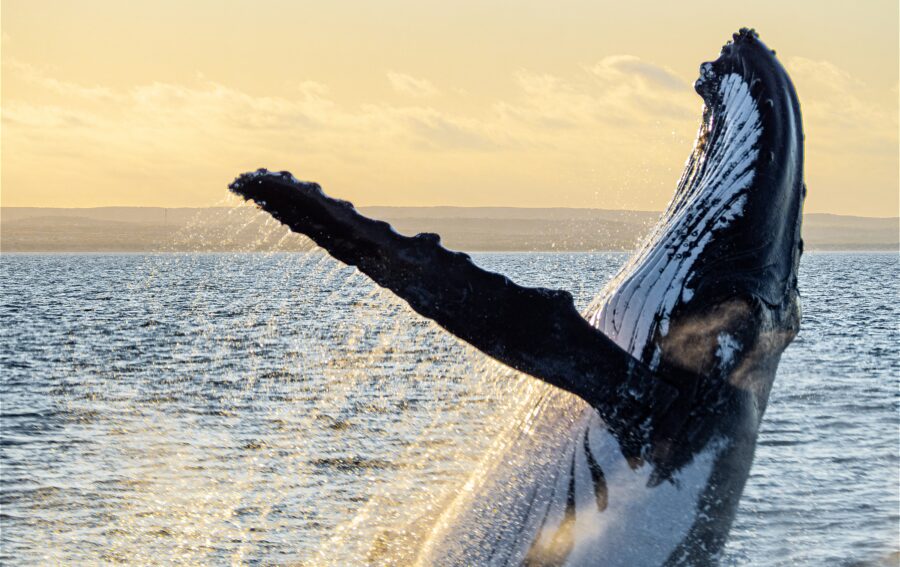
Save the whales, save the world
If you’re looking for signs the earth could bounce back from its presently beleaguered state, witness the increasing number of humpback whale blows along Australia’s coastlines.

If you’re looking for signs the earth could bounce back from its presently beleaguered state, witness the increasing number of humpback whale blows along Australia’s coastlines.
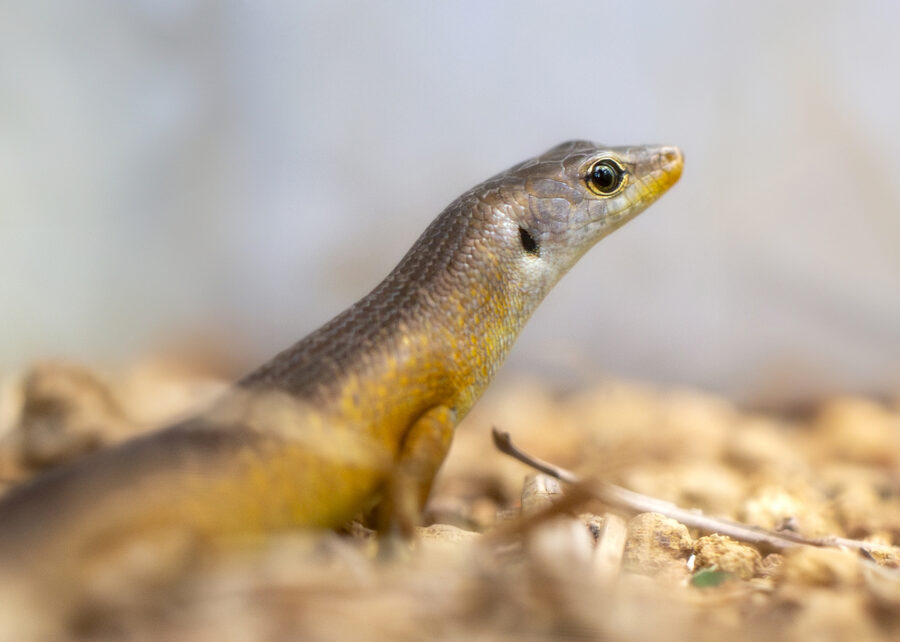
To prevent extinctions, we need to start addressing the big gaps in our national threatened species list, argues Hugh Possingham, the Biodiversity Council’s Co-chief Councillor.
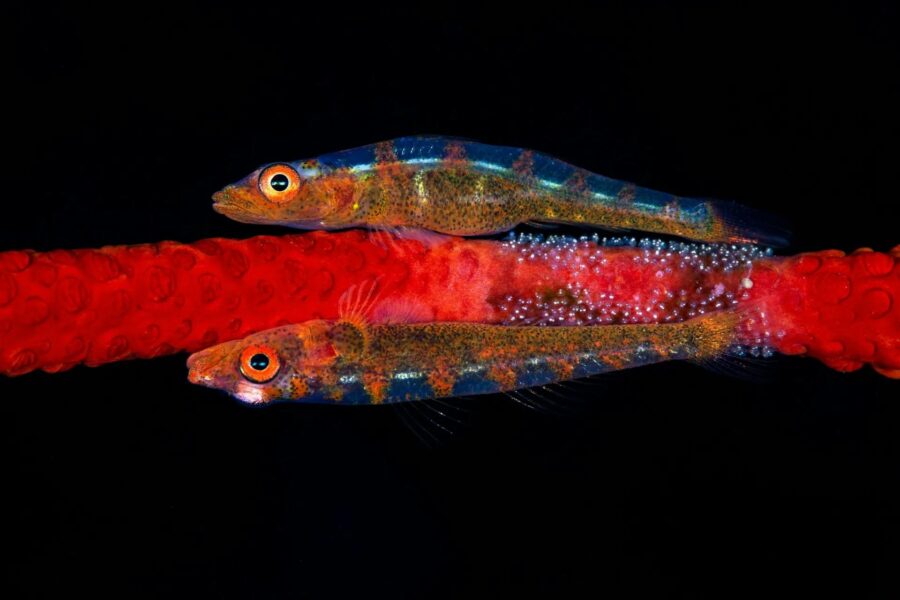
For decades, experts believed that plankton-feeding fishes – or planktivores – share a specialised, uniform design. However, new research shows not only is this false, but they also display the widest range of body forms of any feeding group among reef fishes.
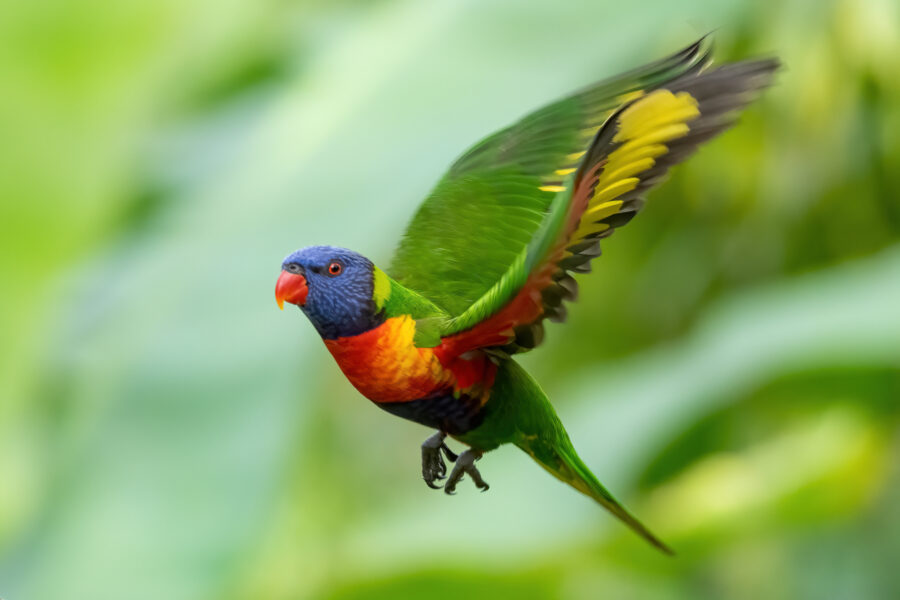
Nearly 60,000 Australians ventured outside in October 2024 to take part in the Aussie Bird Count, the country’s largest citizen science event.
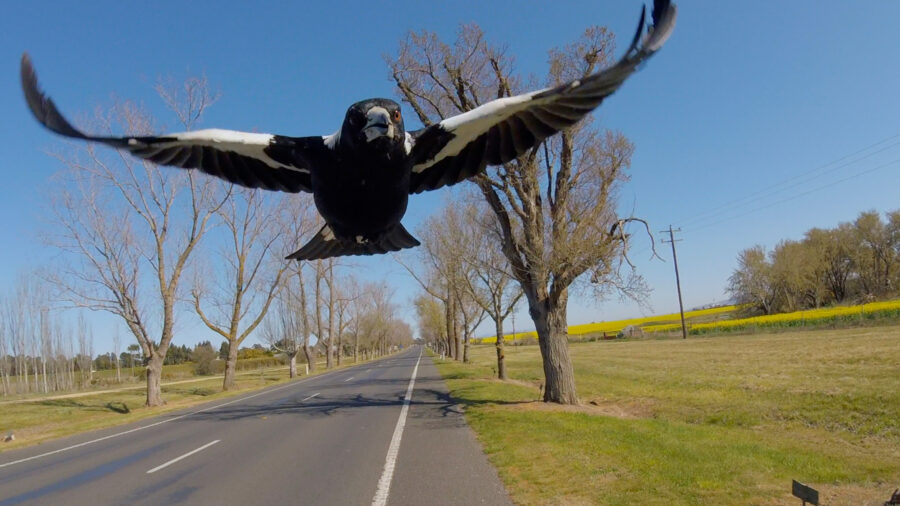
It can take a long time for a crow to forgive your transgressions – perhaps as long as 17 years! And it’s a similar story for the Australian magpie. Luckily, they take bribes!
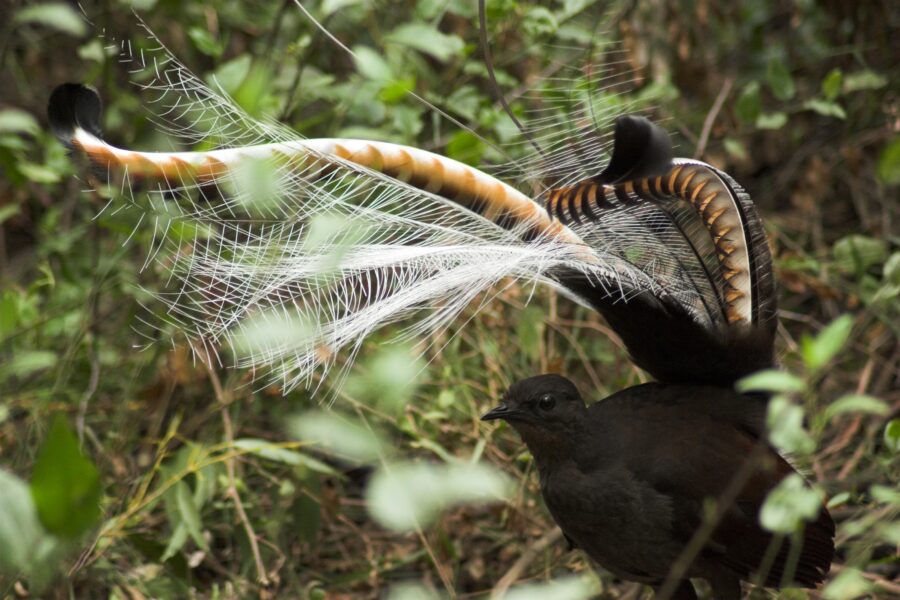
Australian researchers have found superb lyrebirds ‘farm’ the forest floor to increase their prey – a behaviour rarely seen in nature.
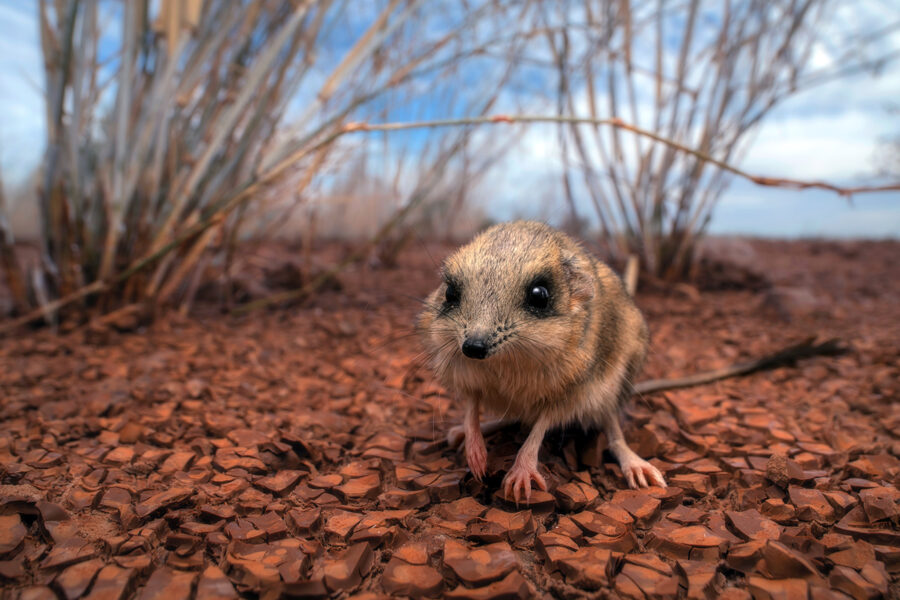
Kultarrs are tiny, cryptic creatures that only come out at night. Now, scientists are finally learning how they live.
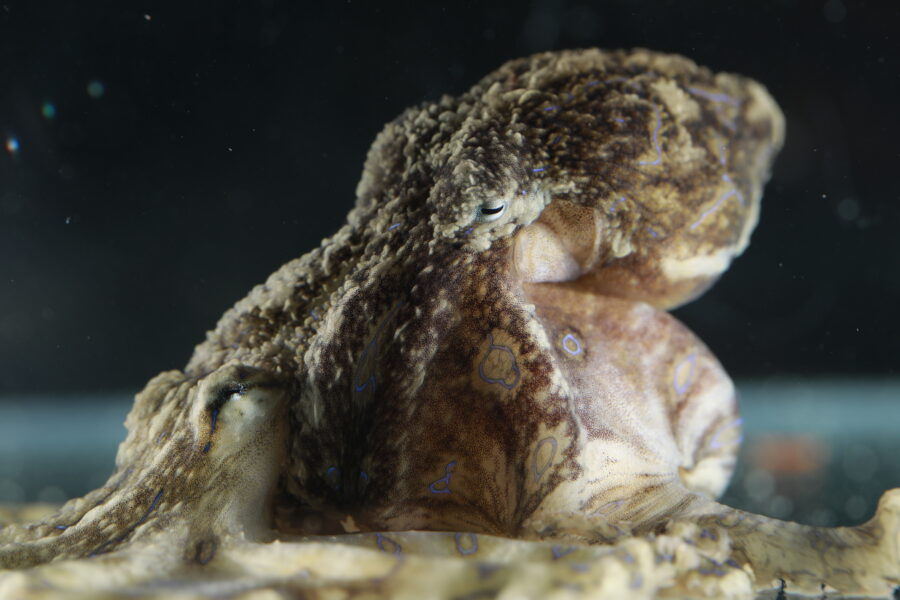
Male blue-lined octopuses inject females with venom to paralyse them before mating and avoid being eaten after sex.
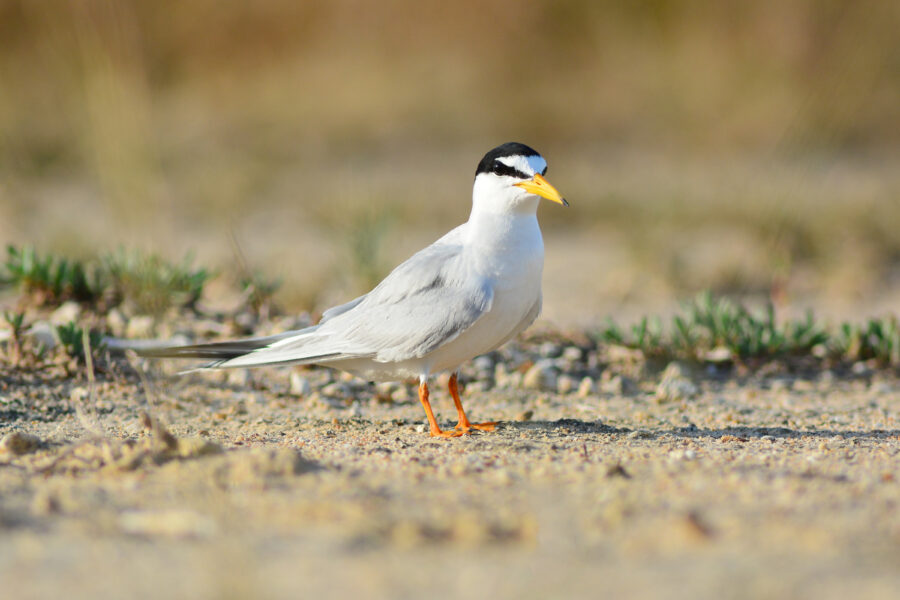
Twenty-one native flora and fauna species have been added to Australia’s federal threatened species list, and six species already on the list have been moved into higher-threat categories.
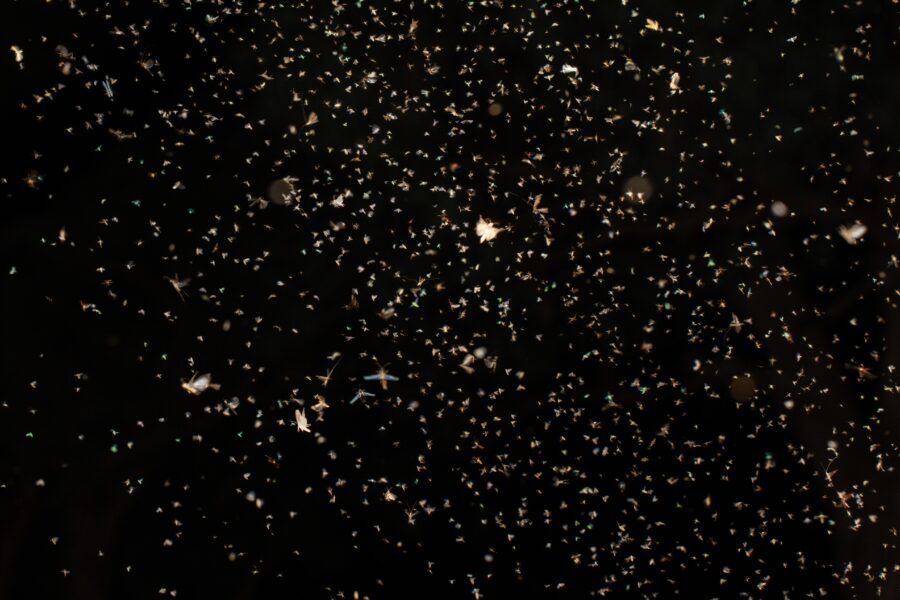
As night falls over Australia’s forests, grasslands and backyards, the hidden world of nocturnal insects stirs to life. In many ecosystems, overall insect activity actually peaks at night, especially in warmer regions of the world.